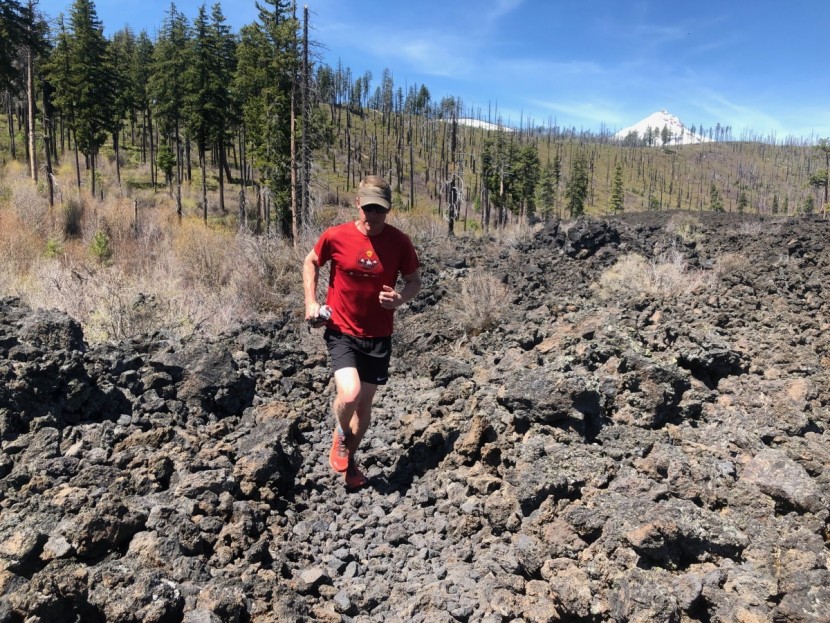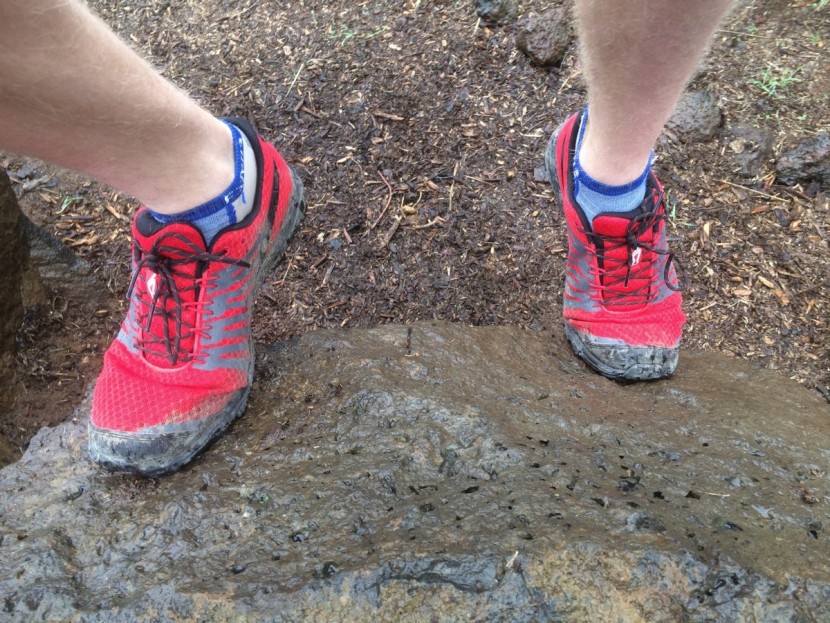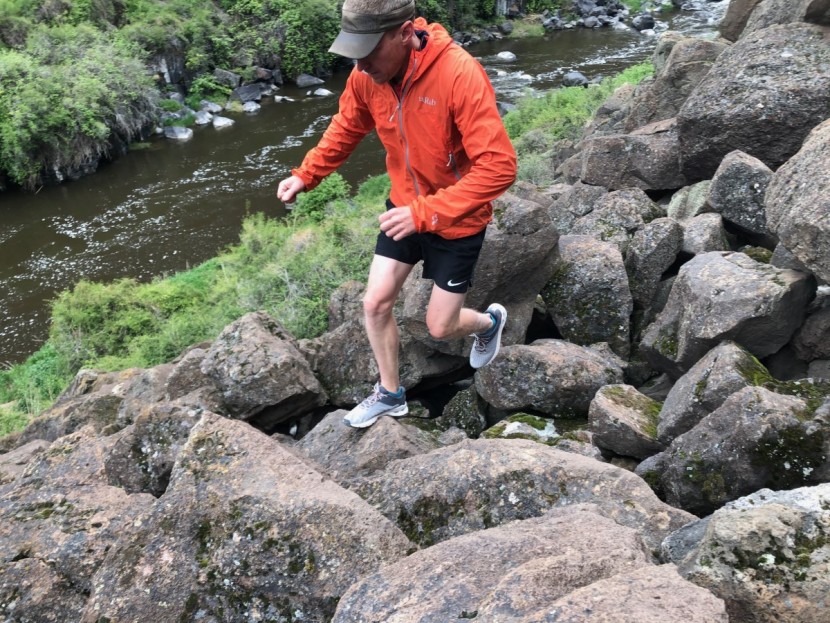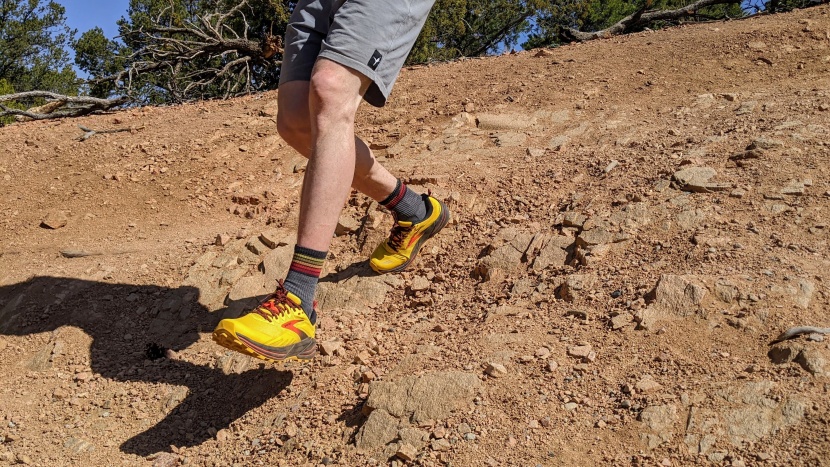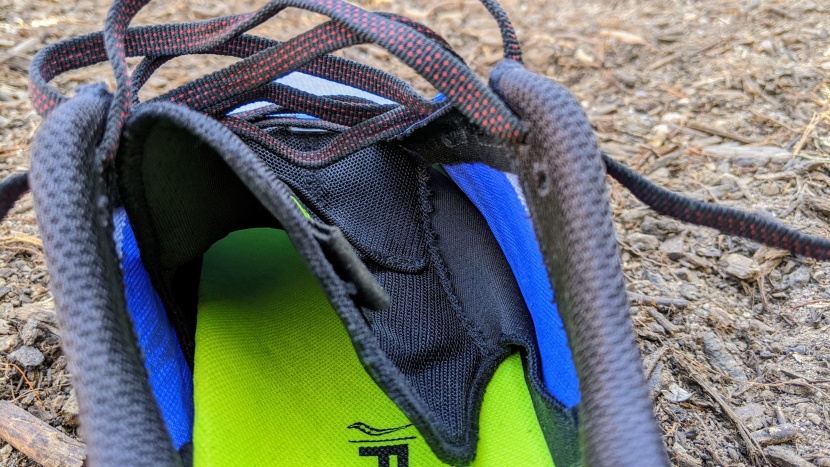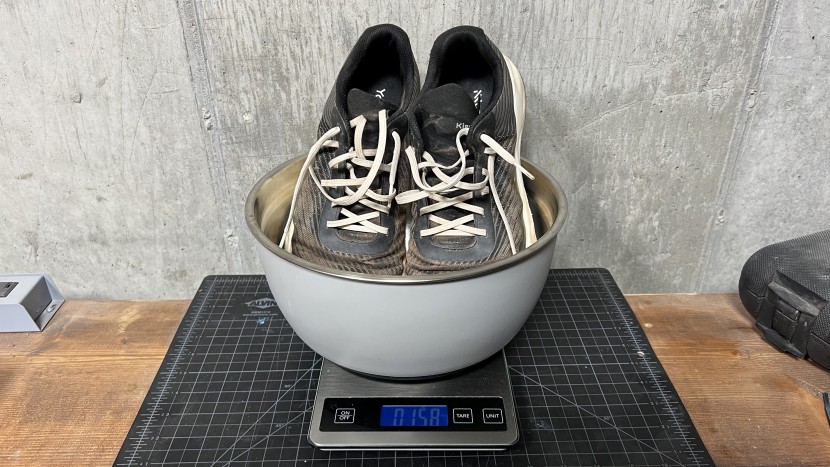If anyone knows a thing or two about shoes, it's us. Since 2013, we have tested over 130 individual pairs of men's trail running shoes and almost an equal number of women's trail runners. We are constantly testing since new shoes and updated versions are released throughout the year. The selection list and ratings change with every new addition to the lineup, and our recommendations are updated several times a year.
The center of our current testing efforts is located in both Lake Tahoe and Durango, Colorado. We have easy access to steep and rugged mountain single-track and smooth forest trails, in addition to our huge testing facility. Since we love combining running with a summit or two, we often get the opportunity to test shoes off-trail on grassy tundra, jumbled talus fields, and year-round snowfields. We head down to the high deserts of southern Utah, northern New Mexico, and Arizona during the winter months to test shoes on an entirely different selection of terrain. For the sake of diversity and because trail running shoes come with us no matter where we travel, we also get out for runs worldwide. In the past, our testing has included tours in British Columbia, Greece, the Cascades of Oregon and Washington, and the Sawtooths and Tetons of Idaho.
We keep all of the older models that we have tested on hand, so when we test an updated version of a shoe, we can closely compare the feel on our feet and the trail. While most of our testing takes place on our daily runs, we also devise head-to-head tests that we conduct one after the other to provide the most accurate feedback and assessment of how a shoe performs in various terrains. In short, we collect and assess loads of information on these shoes to help you find the best option for your running style, activity level, and budget.
Foot Protection
Running over variable landscapes in the mountains subjects us to plenty of buff trails, alpine tundra, sloppy mud, creek crossings, talus fields, steep and loose scree, and high-altitude technical scrambling. Still, we want to be sure that we know exactly how each shoe compares to the others regarding underfoot protection. We find a gnarly patch of sharp rocks and talus and spend an entire afternoon running back and forth in each pair of shoes, comparing them to each other while taking copious notes. We consider responsiveness, stack cushioning, and toe protection. In our lab, we cut every shoe in half to examine their insides, understand the thicknesses of rock plates, and get our eyes on the technology used in each shoe. We kick rocks, run across sand and gravel, and take tumbles to put these shoes to the test.
Traction
Our initial opinions of the traction performance of these trail runners are formed on adventures and everyday runs. We also subject each shoe to various surfaces to compare this metric and analyze things like lug depth to gauge how design influences traction. To do this, we find areas of steep dirt trail, steep grass, dry rock talus, wet rock, and steep muddy trail, and again run back and forth in every shoe on every type of terrain. We note how well each model performs on the various surfaces compared to others.
Back in the lab, we measure lug depth to get the beginning of the picture of the shoe tech. We consider outsole materials and rigidity. We look at lug pattern, placement, and spacing. And we go back out and run more. We seek out the crud, the late and early-season snow patches, the gloopy mud pits, and the steep and loose trails.
Sensitivity
Like how we assess for foot protection, we already have a pretty good idea of each shoe's relative sensitivity after months of field testing but still devise a controlled head-to-head test anyway. We again run back and forth over the same patch of sharp rocks that we use to test foot protection and keep detailed notes as we do so. We also consider stack height in this metric. Both how it feels over uneven surfaces and how it measures up. In the lab, we take measurements using standards set by World Athletics, ensuring that all our measurements are directly comparable across shoes — unlike manufacturer claims, which have no standard of measurement.
Stability
To better compare stability head-to-head, we locate a steep grassy slope and run back and forth across it, side-hilling incessantly to see which shoes induce our ankles to want to roll over more frequently. We also run down this slope repeatedly, comparing relative stability in a very real-world test. Running down steep hills is an integral part of trail and mountain running. In the lab, we measure key components, including outsole width and heel-to-toe drop (again, adhering to World Athletics standards, not going by manufacturer claims), to help us dive into the nitty gritty of what contributes to a shoe being more or less stable.
Comfort and Fit
There is no doubt that comfort is the most subjective metric that we test for, as it is highly dependent on the size and shape of an individual's foot. While it is virtually impossible to come up with an objective score of comfort, we compare every shoe to every other shoe to paint a relative picture of how each stacks up. We consider certain aspects of fit that may be more accommodating to specific foot shapes and comment on them in our write-up. We also compare every shoe to an “average fit” for that size to be able to offer information on which ones run long or narrow.
Importantly, we also conduct a water drainage test to shed light on another important aspect of trail running shoe performance and comfort. Since this test is only a tiny aspect of overall comfort, we use this data to slightly modify the satisfaction scores for the very best and worst performers and leave most scores unaltered. Due to the subjectivity of this metric, we don't penalize any shoes with super low ratings; a shoe that irks us may be a dream for someone else.
Weight
This one is easy. We weigh the shoes straight out of the box and write down their weight per shoe, completely ignoring the figures on manufacturers' websites. Every shoe we measure is exactly the same size so that all weights are directly comparable. The lightest shoes receive the best score, and we go down the list. The final score is based on our algorithm, which evenly evaluates the weight, making sure each shoe is scored without user bias.



